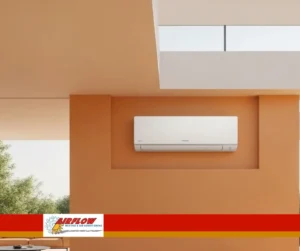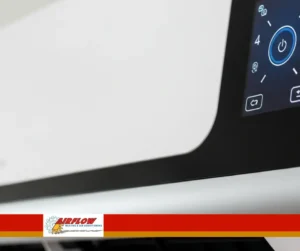Installing a central air conditioning system by yourself can be a cost-effective way to keep your home cool, but it comes with potential pitfalls that could lead to inefficient cooling or even system failure. Whether you’re trying to save money on air conditioning services or just want to take on the challenge, here are some critical errors DIY installers often make and tips on how to avoid them.
Overlooking Correct Sizing and Measurement
One of the most common errors in DIY air conditioner installation is choosing a unit that’s not correctly sized for your space. An undersized unit won’t cool your home efficiently, and an oversized one can lead to excessive humidity, uneven cooling, and increased operational costs. Before purchasing your system, consult with a professional to understand the specific cooling load calculations for your home, which consider factors like square footage, window placement, and insulation levels.
Neglecting Proper Ductwork Sealing
Another crucial step that’s often overlooked is the sealing of ductwork. Leaks in the ducts can significantly reduce system efficiency and increase energy costs. Use mastic sealant or metal-backed tape to seal all joints, seams, and connections in the ductwork. Avoid using standard duct tape as it doesn’t hold up well under temperature fluctuations common in air ducts.
Ignoring Local Building Codes and Regulations
DIY installations of air conditioning services can often run afoul of local building codes, which can pose safety hazards and may lead to legal issues or fines. These regulations are in place to ensure that heating, ventilation, and air conditioning (HVAC) systems are safe and effective. Always check with your local building authority for necessary permits and inspections before starting your installation.
Tips for a Successful DIY AC Installation
- Thoroughly Research: Understand all steps of the installation process, from electrical requirements to system maintenance.
- Invest in Quality Tools: Ensure you have the right tools for the job, which might include a manifold gauge set, a vacuum pump, and proper safety gear.
- Consider Professional Help: For certain stages like refrigerant handling, it may be wiser to hire a professional, ensuring your system operates efficiently and safely.
Read More:
Step-by-Step Guide to Professional Central Air Conditioning Services Installation




